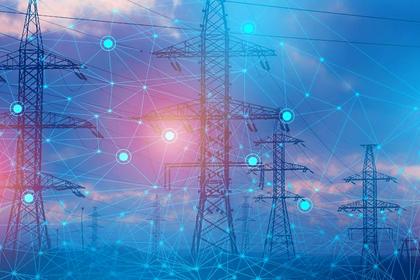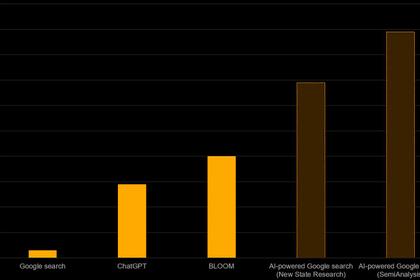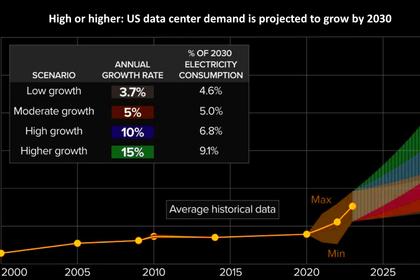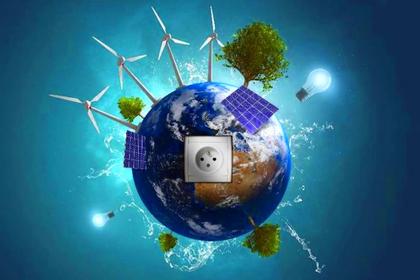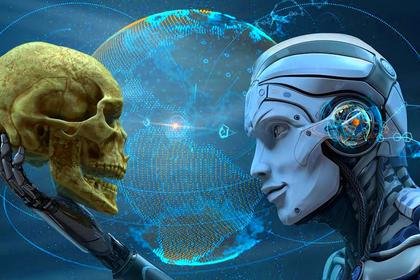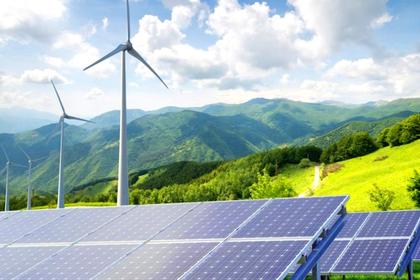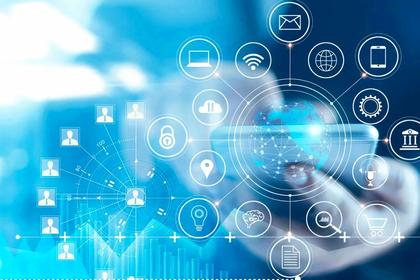
SMART ELECTRICITY GRID TECHNOLOGIES
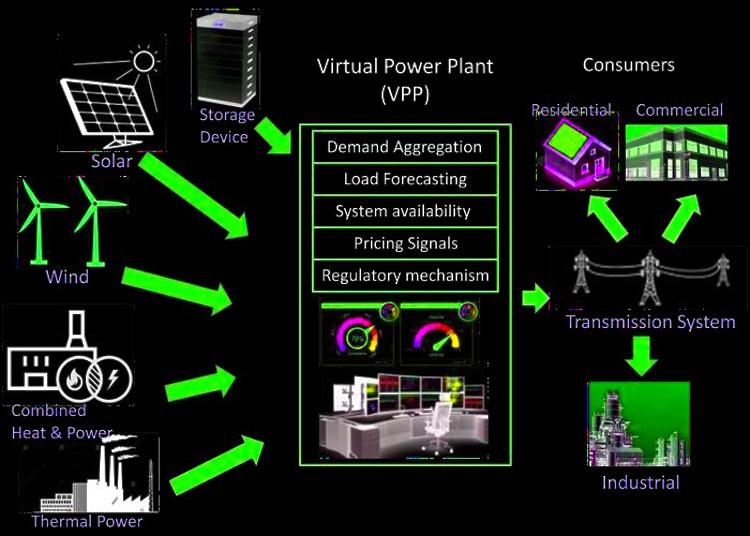
By Jayant Sinha Senior Principal Consultant (Energy Transition & Utilities), ex-Capgemini
ENERGYCENTRAL - Sep 23, 2024
1. INTRODUCTION
The smart grid market is undergoing rapid transition. The power distribution utilities, technology providers and system integrators are exploring smarter ways to exercise choices in the use of distributed energy resources and take control of the electricity distribution systems. The reduction in the cost of sensors and telemetry combined with secure cloud computing has given rise to the emergence of IoT (Internet of Things) as a platform of choice for the industry. The prevalent regulatory norms, social obligations and environmental compliances are catapulting innovations in cleaner technologies, consonant with interoperable standards and protocols.
2. ACTIVE NETWORK MANAGEMENT (ANM)
Integration of renewable and distributed energy resources has led to using innovative methods like Active Network Management to manage the capacity of the distribution systems. ANM uses a combination of IT, automation and communication systems to manage grid constraints associated with the integration of distributed generation. The Power Distribution operators make arrangements with the DER generators for injection of power to meet the variable demands in a safe, secure and reliable way, in compliance with the grid codes and regulatory mechanisms. Information from automated distributed generation systems is processed by ANM Controllers, which communicates with the grid in real-time to assess the system demands and load constraints. ANM Controller processes information in real time including the historical load profile and contemporary electricity demand to calculate the best combination of distributed energy or renewable generators to connect to the grid, ensuring availability, reliability and stability.
3. VIRTUAL POWER PLANTS
With more options of electricity generation from distributed sources, the business model is gradually shifting focus from traditional centralized power plants to smaller, decentralized resources – renewables, storage devices and demand response participants. The decentralized renewable generators are localizing energy consumption providing power through a community network which is also connected to the main grid. The consumers (or “prosumers”) – residential and smaller commercial and industrial - are incentivized to install, for example, wind, solar, combined heat and power (CHP) or pumped storage generators to meet their own demand and export the surplus to the grid. Rationalization of the electricity tariff structure and introduction of net metering help the prosumers to calculate their net electricity consumption and costs, after adjusting the power exported to the grid.
In the VPP model, the energy supplier takes on the role of an energy aggregator, pooling the surplus generation capacities of traditional as well as renewable generators, thus creating a unified and flexible power reserve to be sold to the energy market. VPPs therefore create an ecosystem of traditional and renewable energy supply markets, to balance the demand versus supply and achieve sustainability through low-carbon generation. Using advanced metering, load forecasting, demand management, active network management and real- time energy optimization, VPPs aim to manage peak loads, demand fluctuations and grid reliability in a sustainable way. VPPs can meet the peak time energy demands and store surplus power giving the energy aggregator more choices than from a single, centralized power plant, thus improving energy security and reducing emissions.
4. SMART SENSORS
Modern transmission and distribution systems are using smart sensors in various combinations to measure electrical and physical parameters to monitor the health and safety of the networks. These include wireless sensors which communicate with centralized SCADA directly, thus gradually replacing the remote terminal units (RTU). Integrating smart sensors with fault management system provide more reliable, accurate and advanced information on the current state of the networks and likelihood of future outages. Armed with real-time information, the control engineers can take predictive action to prevent faults, thus saving both energy and costs.
These smart sensors are used in innovative ways in the measurement of synchrophasors in transmission systems and power quality data in distribution systems. Power quality sensors continuously monitor voltage fluctuations, phase imbalances and harmonics in the power grid. They are gradually replacing costlier off-line power quality analyzers. Smart sensors are also being used in fault management of substation and feeders, load balancing and forecasting, which is particularly useful is monitoring the situational awareness of the networks amidst the chaos of variable and distributed sources of generation. With both demands and availability of these sensors increasing, the costs of the smart sensors or intelligent electronic devices (IEDs) are likely to reduce, encouraging the Utilities to integrate them into their operations and control systems. Internet-of-things (IoT) has already demonstrated itself to be an integration platform of choice.
5. VIRTUAL REALITY/ AUGMENTED REALITY
Virtual reality (VR) is a computer simulation of the physical world. This can serve as a tool for Utility engineers to visualize the actual physical networks, and use computer simulation techniques for planning, maintenance or expansion. Augmented reality (AR) is an enhancement of VR by trying to superimpose actual network information on the simulated virtual model. One major difference between a conventional computer simulation and VR/ AR simulation is that in the latter, the user can actually interact with the models using sensory inputs such as touch, sound and gestures, as one would interact with the physical models. This is achieved using a series of sensors, communication systems, video, graphics and GPS data working together to respond to human interactions in a virtual environment, in the way actual physical systems do. The technology can help Power Utilities add value to their asset management, fault management, contingency planning and network analysis. The practical use case is the application of VR/ AR systems for modeling and collecting data of live networks under extreme operating conditions where physical presence of the maintenance personnel may be risky. Moreover, VR/ AR systems can be used to overlay live and historical network data for vulnerability assessment, providing vital information for early restoration of power during outages. Another use case is the use of such systems for internal training and capacity building of the Utility workforce.
6. UNMANNED AERIAL VEHICLES (UAV)
UAVs (or Drones) fitted with sensors can be deployed for the inspection of transmission and distribution lines. GPS-enabled UAVs fitted with visual, IR and UV cameras can aerially monitor the electrical lines, poles, towers, landscape and obstructive vegetation. The UAVs communicate with the operator console or remote control room using RF or GPRS communication. The path of UAVs can be tracked in real-time along with the measuring parameters e.g. hot-spots, corona discharge, structural deformity, line sags, line clearance and visual images. The data from UAVs can be transmitted to remote control station for network health analysis, early fault detection and proactive maintenance.
7. POWER QUALITY ANALYZERS
With the injection of power from volatile, renewable sources, the issue of managing power quality in real-time becomes important. Safeguards have to be built into the electrical network to mitigate power line disturbance such as wave shape faults, overloading, capacitor switching transients, impulse transients or harmonic distortions. Ideally, the best electrical supply would be a sinusoidal waveform of a constant magnitude and frequency. However, many loads are not purely resistive and the presence of magnetizing current, effect of rectification and inherent impedance of certain loads may result in creation of harmonics or transients, which may degrade the power quality and cause technical losses.
Measurement instruments like smart meters, protection relays and fault recorders may not measure all the power quality parameters. By using appropriate sensors and telemetry systems, it is possible to monitor power quality problems at regular intervals and analyze these data to reduce their effects, thus making the electrical network reliable and secure.
Sensor-based technology resolves energy quality measurements by timely identification of specific sources of disturbances. For example, the sensors can measure and record harmonics and inter-harmonic frequencies, present on the main electricity supply at specific locations. The recorded data is then periodically transmitted through a wireless or wired communications network to a centralized database, where the information can be analyzed and stored. The relatively lower cost of modern sensors, combined with the convenience of wireless communication, enables monitoring electrical power quality at multiple locations of the network. The sensor platform incorporates data management and visualization software, which allows maintenance and operation personnel to use it for power quality measurements and analysis.
8. INTERNET OF THINGS (IoT)
Sensors are transforming the operation of electrical networks in combination with internet technologies to build intelligence into the network. Modern applications for power distribution and energy management systems are using sensors to make efficient use of green energy, increase automation and enable better overview of energy use and consumption. IoT offers the platform for interconnecting consumer devices with the home area networks, and at the same time communicates with the utility networks through a gateway to facilitate residential energy management. Residential energy management uses utility-driven price signals which vary depending on the time of the day, called Time of Use (ToU) pricing. Electricity during peak hours costs more than that during off-peak hours. In peak hours, utilities are compelled to deploy spinning reserves at a higher cost of electricity and environment. IoT-enabled technologies help in reducing peak loading, thereby decreasing energy consumption with corresponding decrease in greenhouse emissions.
Wireless sensors play a key role in sensing the growth in energy demand and prompting actions to control this demand during peak hours. Intelligent electronic appliances fitted with IoT sensors can communicate with the electric grid in real time to switch off or defer operation to cheaper off-peak hours, thus helping in energy balance during peak loads.
9. AUTOMATED DEMAND RESPONSE
Automated demand response refers to a smart grid device or application interacting with customers to influence their consumption of electricity or their load demand during select time periods. This signals customers to decide to lower their consumption or shed electricity during peak periods, and shift their demand to off-peak periods to save energy costs. Utilities use automated demand response to achieve a balance between electricity generation and electricity consumption, thus helping in load optimization and grid stability. With the introduction of sensors and advanced control systems, the LV network interacts directly with the customer’s load control systems to manage peak loads and balance consumption. Automated demand response combines the inherent benefits of automation to bring more reliable, faster and cheaper responses to the load demand signals.
Automated demand response requires both the grid and the demand-side entities to install infrastructure to support the exchange of signals. The grid entity puts in place sensors capable of communicating demand response signals to their customer’s automation equipment. Further, the demand response signals are relayed to the control systems where demand response strategies have been pre-programmed to execute the appropriate load control. Depending on the type of customer facility, such control systems could be as simple as a thermostat in a residence or as sophisticated as an industrial process control system. With automated demand response, the customer can respond to smart meter or sensor signals indicative of desired levels of demand response as opposed to manual load control. Automated demand response (ADR) represents a way for distribution network operators to avail of more demand-side resources as a cheaper option for grid balancing.
CONCLUSION
From smart metering to smart sensors, from IoT to Cloud analytics, the underlying technologies are increasingly penetrating the control and automation system to provide real- time information for faster, accurate and reliable grid controls. The induction of modern sensors, with two-way communication between consumers and the grid, are helping proactive control actions to tackle power quality issues, grid stabilization and energy efficiency measures. Researches in Active Network Management, DERMS, VPP and Demand Response systems, aided with smart sensor-based remote management are encouraging injection of more renewable and carbon-neutral power into grid. Both industry and consumers have now become willing participants in controlling peak energy demands and bridge the supply gap during peak hours, in more sustainable ways. While installed capacity of renewable sources and storage devices is increasing, the price of enabling technology is decreasing. Market forces like regulatory mechanisms, Time- of-Use (ToU) pricing, technology standardization, competition, need for energy efficiency, demand response and sustainability goals are catapulting research and development, and paving way for a smarter grid.
-----
This thought leadership article was originally shared with Energy Central's Grid Professionals Community Group. The communities are a place where professionals in the power industry can share, learn and connect in a collaborative environment. Join the Grid Professionals Community today and learn from others who work in the industry.
-----
Earlier:
